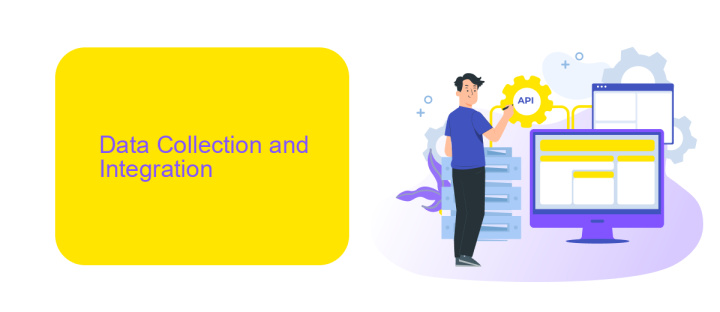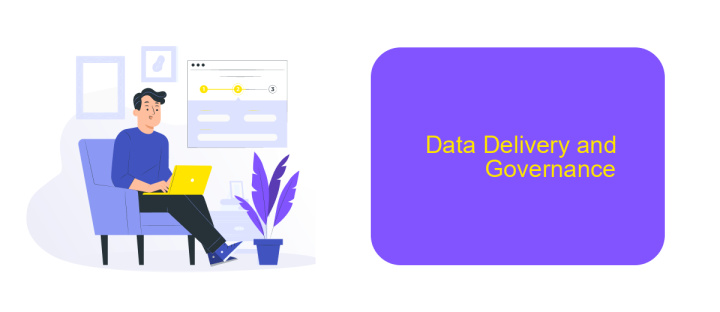Rudderstack Vs Airbyte
When it comes to data integration and pipeline management, two prominent tools often come into consideration: RudderStack and Airbyte. Both platforms offer robust solutions for connecting, processing, and routing data across various systems. In this article, we will compare RudderStack and Airbyte, examining their features, strengths, and use cases to help you determine which tool best suits your data needs.
Introduction
In the ever-evolving landscape of data integration, choosing the right tools can be a game-changer for businesses aiming to streamline their data pipelines. Two popular solutions in this arena are RudderStack and Airbyte, both offering unique features and capabilities.
- RudderStack: Known for its robust event streaming and data routing capabilities, RudderStack excels in real-time data processing and customer data integration.
- Airbyte: Airbyte stands out with its open-source approach and extensive connector library, making it a versatile choice for various data integration needs.
While both platforms have their strengths, it's crucial to understand how they align with your specific requirements. Additionally, tools like ApiX-Drive can further simplify the integration process by offering a user-friendly interface and seamless connectivity between various services. This article will delve into the key features, advantages, and potential drawbacks of RudderStack and Airbyte, helping you make an informed decision.
Data Collection and Integration

Rudderstack and Airbyte both offer robust solutions for data collection and integration, but their approaches differ significantly. Rudderstack focuses on providing a developer-friendly platform that seamlessly integrates with existing data pipelines. It allows for real-time data streaming and supports a wide range of data sources and destinations. This makes it a versatile choice for organizations looking to collect and process data efficiently. Rudderstack's open-source nature also allows for extensive customization, ensuring that it can fit into various tech stacks with ease.
Airbyte, on the other hand, emphasizes ease of use and accessibility. It offers a no-code interface that simplifies the process of setting up data integrations. With a growing library of connectors, Airbyte makes it easy to synchronize data between different systems without requiring extensive technical knowledge. Additionally, services like ApiX-Drive can further enhance Airbyte's capabilities by providing automated workflows and integrations with numerous third-party applications. This makes Airbyte an excellent choice for teams that need to quickly set up and manage data integrations without delving into complex configurations.
Data Transformation and Enrichment

When it comes to data transformation and enrichment, both Rudderstack and Airbyte offer robust solutions to enhance the usability and value of your data. Rudderstack provides a seamless way to transform data in real-time before it reaches your data warehouse, allowing for immediate insights and actions. Airbyte, on the other hand, focuses on providing a wide range of pre-built connectors and supports custom transformations through its open-source framework.
- Rudderstack: Real-time data transformation capabilities.
- Airbyte: Extensive library of pre-built connectors and custom transformation support.
- ApiX-Drive: Facilitates integration and automation, complementing both platforms.
In addition to these features, ApiX-Drive can be a valuable tool for setting up and managing integrations between various data sources and your chosen platform, further streamlining the data enrichment process. By leveraging these tools, businesses can ensure that their data is not only accurate but also enriched and ready for advanced analytics.
Data Delivery and Governance

Data delivery and governance are critical components when comparing Rudderstack and Airbyte. Both platforms offer robust solutions for data integration, but their approaches to data governance and delivery differ significantly.
Rudderstack focuses on real-time data streaming and offers extensive support for various data sources and destinations. It ensures data integrity and compliance through its built-in governance features, making it a reliable choice for businesses that need consistent and accurate data flow.
- Real-time data streaming
- Extensive data source and destination support
- Built-in data governance features
On the other hand, Airbyte provides a more modular approach with its open-source platform, allowing users to customize their data pipelines. It emphasizes flexibility and scalability, making it suitable for organizations with unique data governance requirements. Additionally, services like ApiX-Drive can be integrated to further streamline the setup and management of data integrations, enhancing both platforms' capabilities.
Pricing and Support
Rudderstack offers a tiered pricing model that scales with your data needs, starting with a free tier that includes basic features and limited event volume. As your business grows, you can opt for higher tiers that provide more advanced features and greater event capacity. Their support options include comprehensive documentation, community forums, and email support for all users, with premium support available for enterprise customers.
Airbyte, on the other hand, provides a more flexible pricing structure with a focus on open-source accessibility. Users can start with the free open-source version, which includes community support and access to a wide range of connectors. For those needing more robust features and dedicated support, Airbyte offers a cloud version with a usage-based pricing model. Additionally, Airbyte provides extensive documentation and a vibrant community for troubleshooting and advice. For seamless integration and automation, services like ApiX-Drive can be utilized to connect various data sources efficiently, enhancing the overall experience.
- Automate the work of an online store or landing
- Empower through integration
- Don't spend money on programmers and integrators
- Save time by automating routine tasks
FAQ
What are the primary use cases for Rudderstack and Airbyte?
How do Rudderstack and Airbyte handle data transformations?
Can Rudderstack and Airbyte be self-hosted?
What are the key differences in pricing between Rudderstack and Airbyte?
Are there any alternatives for automating and setting up integrations without coding?
Time is the most valuable resource in today's business realities. By eliminating the routine from work processes, you will get more opportunities to implement the most daring plans and ideas. Choose – you can continue to waste time, money and nerves on inefficient solutions, or you can use ApiX-Drive, automating work processes and achieving results with minimal investment of money, effort and human resources.


